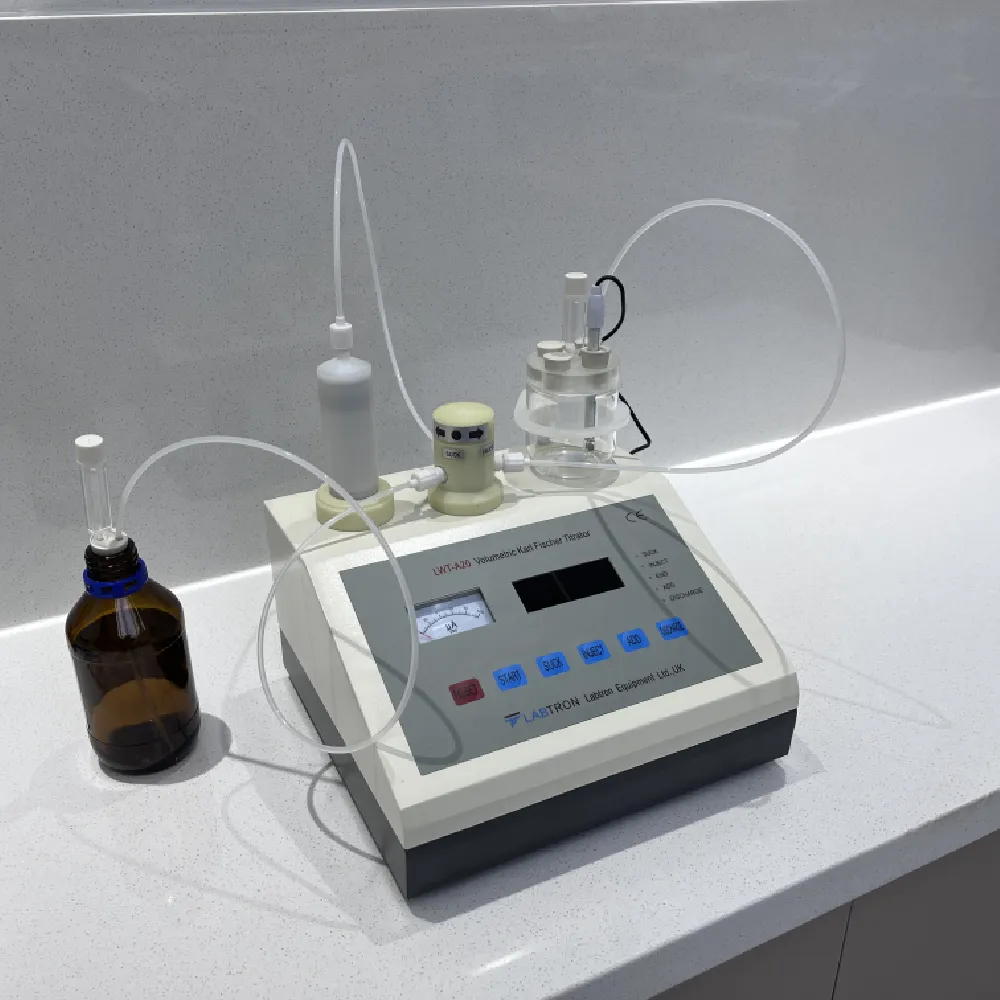 English
English


potentiometric technique
Understanding the Potentiometric Technique Principles and Applications
Potentiometric techniques have emerged as a vital aspect of analytical chemistry, offering precise and reliable methods for measuring the potential of electrochemical cells. These techniques are predominantly utilized for the quantitative determination of ion concentrations in various solutions, making them indispensable in fields ranging from environmental monitoring to pharmaceutical analysis.
At its core, the potentiometric technique measures the voltage (potential) created by an electrochemical cell, which consists of two electrodes immersed in an electrolyte solution. The most significant feature of this process is that it is a non-destructive method. The electrodes react to changes in the chemical environment, providing real-time data without altering the sample composition.
Principles of Potentiometry
The basic principle of potentiometry involves the Nernst equation, a fundamental equation in electrochemistry, which describes the relation between the concentration of ions in solution and the electrical potential of the cell. The equation can be represented as
\[ E = E^\circ - \frac{RT}{nF} \ln \left( \frac{a_{\text{reduced}}}{a_{\text{oxidized}}} \right) \]
Where \( E \) is the cell potential, \( E^\circ \) is the standard electrode potential, \( R \) is the universal gas constant, \( T \) is the temperature in Kelvin, \( n \) is the number of moles of electrons transferred, and \( F \) is Faraday's constant. \( a_{\text{reduced}} \) and \( a_{\text{oxidized}} \) represent the activities of the reduced and oxidized forms of the species involved in the electrochemical reaction.
potentiometric technique

In practice, the most common application of this technique involves ion-selective electrodes (ISEs). These specialized electrodes are designed to respond to specific ions in a solution, such as pH sensors for hydrogen ions or ion-selective membranes for potassium or sodium ions. The ISE generates a potential that correlates with the logarithm of the concentration of the target ion, allowing for accurate concentration measurements through calibrated graphs.
Applications of Potentiometric Technique
Potentiometric techniques find application in various domains. In environmental science, for instance, they are essential for monitoring water quality by measuring pollutants or nutrients, such as nitrate or phosphate concentrations. This real-time monitoring aids in assessing the health of aquatic ecosystems and ensuring compliance with environmental regulations.
In the pharmaceutical industry, potentiometric methods are widely employed for drug formulation analysis. By assessing the concentration of active pharmaceutical ingredients (APIs), manufacturers can ensure consistent product quality and efficacy. Additionally, potentiometry is instrumental in quality control processes, where it helps detect deviations in chemical composition.
Furthermore, the agricultural sector utilizes potentiometric techniques for soil analysis, helping farmers optimize fertilization and irrigation practices based on ion availability in soil. This not only increases crop yield but also minimizes environmental impact through better resource management.
Conclusion
In summary, potentiometric techniques are crucial analytical tools that harness electrochemical principles to deliver precise measurements of ion concentrations in various fields. Their non-destructive nature, combined with the ability to provide real-time data, makes them a preferred choice for researchers and professionals alike. With ongoing advancements in electrode technology and data analysis, the applicability of potentiometric methods is likely to expand, further enhancing their impact on science and industry.
-
Differences between open cup flash point tester and closed cup flash point testerNewsOct.31,2024
-
The Reliable Load Tap ChangerNewsOct.23,2024
-
The Essential Guide to Hipot TestersNewsOct.23,2024
-
The Digital Insulation TesterNewsOct.23,2024
-
The Best Earth Loop Impedance Tester for SaleNewsOct.23,2024
-
Tan Delta Tester--The Essential Tool for Electrical Insulation TestingNewsOct.23,2024





